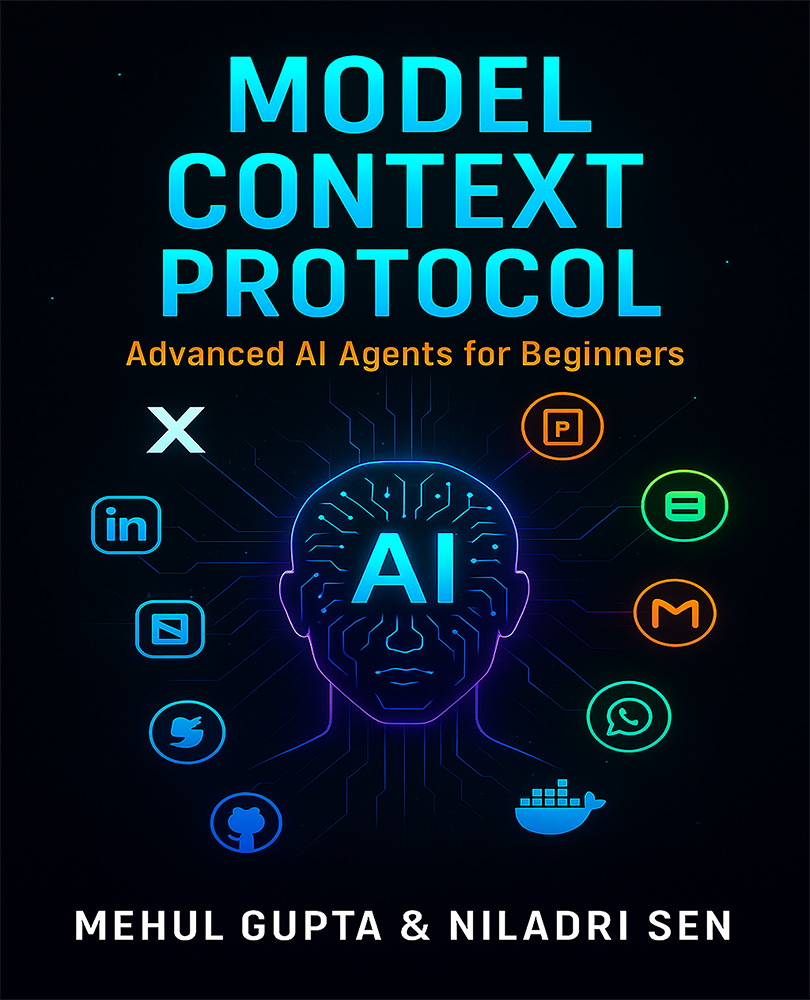Update: On July 23rd, the Enhancements Lead of Kubernetes 1.15 at VMware, Kenny Coleman, published a “What's New in Kubernetes 1.15” video with Cloud Native Computing Foundation (CNCF). In the video, he explains in detail about the three new major features in Kubernetes 1.15, which include Dynamic HA Clusters with Kubeadm, Volume Cloning and CustomResourceDefinition (CRDs). Coleman also highlights each feature and explains its importance to users.
Watch the video below to know in detail about Kenny Coleman’s talk about Kubernetes 1.15.
https://www.youtube.com/watch?v=eq7dgHjPpzc
On June 19th, the Kubernetes team
announced the release of Kubernetes 1.15, which consists of 25 enhancements, including 2 moving to stable, 13 in beta, and 10 in alpha. The key features of this release include extensibility around core Kubernetes APIs, cluster lifecycle stability, and usability improvements.
This is Kubernetes’ second release this year. The previous version
Kubernetes 1.14, released three months ago, had 10 stable enhancements--the most amount of stable features revealed in a release.
In an interview to the
New Stack,
Claire Laurence, the team lead at Kubernetes
said that in this release, “
We’ve had a fair amount of features progress to beta. I think what we’ve been seeing a lot with these alpha and beta features as they progress is a lot of continued focus on stability and overall improvement before indicating that those features are stable.”
Let’s have a brief look at all the new features and updates.
#1 Extensibility around core Kubernetes APIs
The theme of the new developments around CustomResourceDefinitions is data consistency and native behavior. The Kubernetes team wants that a user should not notice whether the interaction is with a CustomResource or with a Golang-native resource. Hence, from v1.15 onwards, Kubernetes will check each schema against a restriction called “structural schema”. This enforces non-polymorphic and complete typing of each field in a CustomResource.
Out of the five enhancements, the ‘CustomResourceDefinition Defaulting’ is an alpha release. It is specified using the default keyword in the OpenAPI validation schema. Defaulting will be available as alpha in Kubernetes 1.15 for structural schemas. The other four enhancements are in beta which include:
CustomResourceDefinition Webhook Conversion
In Kubernetes, CustomResourceDefinitions gain the ability to convert between different versions on-the-fly, just like users are used to from native resources for the long term.
CustomResourceDefinition OpenAPI Publishing
OpenAPI publishing for CRDs will be available with Kubernetes 1.15 as beta, but only for structural schemas.
CustomResourceDefinitions Pruning
Pruning is the automatic removal of unknown fields in objects sent to a Kubernetes API. A field is unknown if it is not specified in the OpenAPI validation schema. It enforces that only data structures specified by the CRD developer are persisted to etcd. This is the behaviour of native resources, and will be available for CRDs as well, starting as beta in Kubernetes 1.15.
Admission Webhook Reinvocation & Improvements
In the earlier versions, mutating webhooks were only called once, in alphabetical order. An earlier run webhook cannot react on the output of webhooks, called later in the chain. With Kubernetes 1.15, mutating webhooks can opt-in into at least one re-invocation by specifying reinvocationPolicy: IfNeeded. If a later mutating webhook modifies the object, the earlier webhook will get a second chance.
#2 Cluster Lifecycle Stability and Usability Improvements
The cluster lifecycle building block, kubeadm, continues to receive features and stability work, which is needed for bootstrapping production clusters efficiently.
- kubeadm has promoted high availability (HA) capability to beta, allowing users to use the familiar kubeadm init and kubeadm join commands to configure and deploy an HA control plane.
- With kubeadm, certificate management has become more robust in 1.15, as it seamlessly rotates all the certificates before expiry.
- The kubeadm configuration file API is moving from v1beta1 to v1beta2 in 1.15.
- kubeadm now has its own new logo.
Continued Improvement of CSI
In Kubernetes 1.15, the Special Interests Groups (SIG) Storage enables migration of in-tree volume plugins to Container Storage Interface (CSI). SIG Storage worked on bringing CSI to feature parity with in-tree functionality, including functionality like resizing and inline volumes. SIG Storage introduces new alpha functionality in CSI that doesn’t exist in the Kubernetes Storage subsystem yet, like volume cloning.
- Volume cloning enables users to specify another PVC as a “DataSource” when provisioning a new volume.
Unlock access to the largest independent learning library in Tech for FREE!
Get unlimited access to 7500+ expert-authored eBooks and video courses covering every tech area you can think of.
Renews at $19.99/month. Cancel anytime
- If the underlying storage system supports this functionality and implements the “CLONE_VOLUME” capability in its CSI driver, then the new volume becomes a clone of the source volume.
Additional feature updates
- Support for go modules in Kubernetes Core
- Continued preparation on cloud provider extraction and code organization. The cloud provider code has been moved to kubernetes/legacy-cloud-providers for easier removal later and external consumption.
- Kubectl get and describe now work with extensions.
- Nodes now support third party monitoring plugins.
- A new Scheduling Framework for schedule plugins is now Alpha
- ExecutionHook API designed to trigger hook commands in the containers for different use cases is now Alpha.
- These extensions/v1beta1, apps/v1beta1, and apps/v1beta2 APIs will continue to depreciate and eventually will be retired in the next version 1.16.
To know about the additional features in detail check out the release notes.
https://twitter.com/markdeneve/status/1141135440336039936
https://twitter.com/IanColdwater/status/1141485648412651520
For more details on Kubernetes 1.15, check out Kubernetes blog.
HAProxy 2.0 released with Kubernetes Ingress controller, layer 7 retries, polyglot extensibility, gRPC support and more
Red Hat releases OpenShift 4 with adaptability, Enterprise Kubernetes and more!
Linkerd 2.3 introduces Zero-Trust Networking for Kubernetes
 United States
United States
 Great Britain
Great Britain
 India
India
 Germany
Germany
 France
France
 Canada
Canada
 Russia
Russia
 Spain
Spain
 Brazil
Brazil
 Australia
Australia
 Singapore
Singapore
 Canary Islands
Canary Islands
 Hungary
Hungary
 Ukraine
Ukraine
 Luxembourg
Luxembourg
 Estonia
Estonia
 Lithuania
Lithuania
 South Korea
South Korea
 Turkey
Turkey
 Switzerland
Switzerland
 Colombia
Colombia
 Taiwan
Taiwan
 Chile
Chile
 Norway
Norway
 Ecuador
Ecuador
 Indonesia
Indonesia
 New Zealand
New Zealand
 Cyprus
Cyprus
 Denmark
Denmark
 Finland
Finland
 Poland
Poland
 Malta
Malta
 Czechia
Czechia
 Austria
Austria
 Sweden
Sweden
 Italy
Italy
 Egypt
Egypt
 Belgium
Belgium
 Portugal
Portugal
 Slovenia
Slovenia
 Ireland
Ireland
 Romania
Romania
 Greece
Greece
 Argentina
Argentina
 Netherlands
Netherlands
 Bulgaria
Bulgaria
 Latvia
Latvia
 South Africa
South Africa
 Malaysia
Malaysia
 Japan
Japan
 Slovakia
Slovakia
 Philippines
Philippines
 Mexico
Mexico
 Thailand
Thailand














